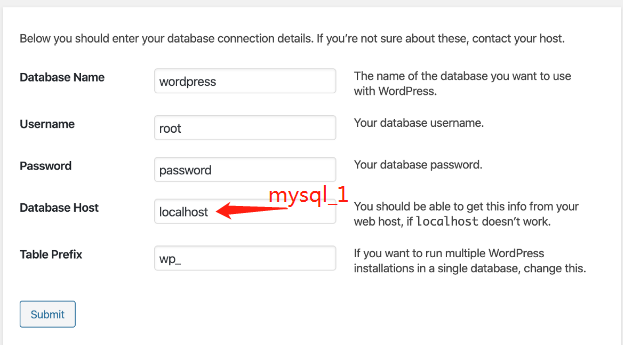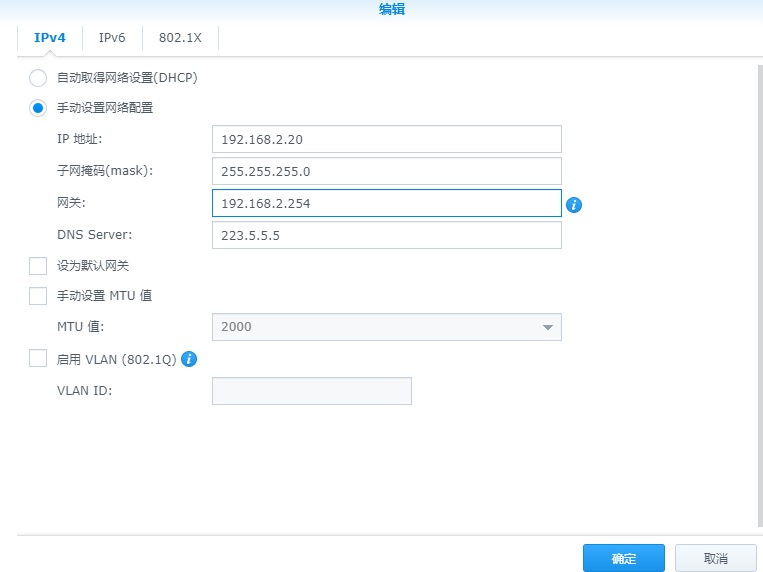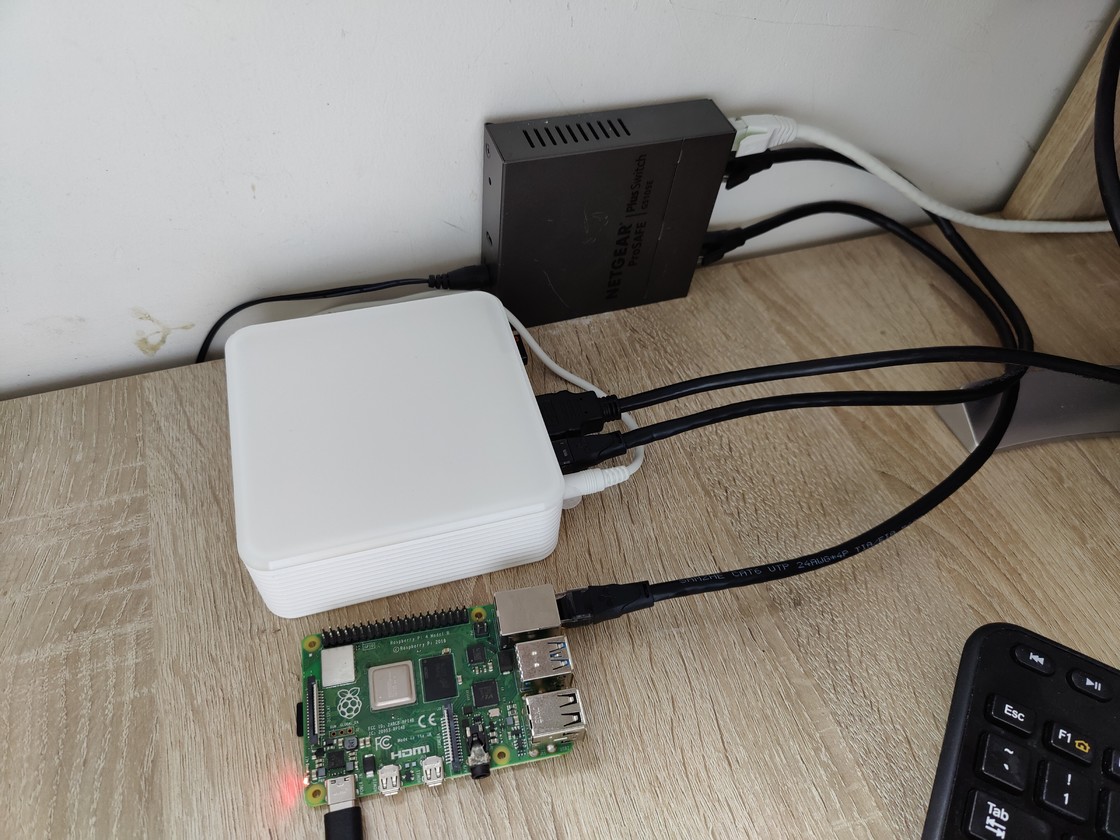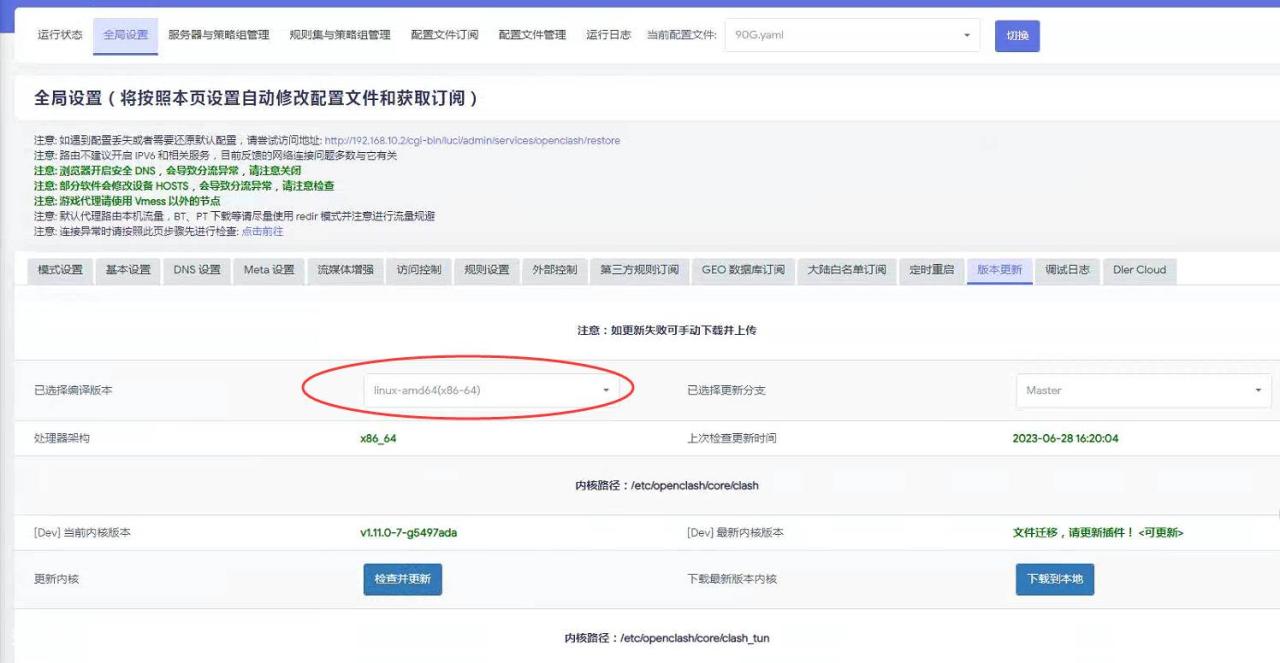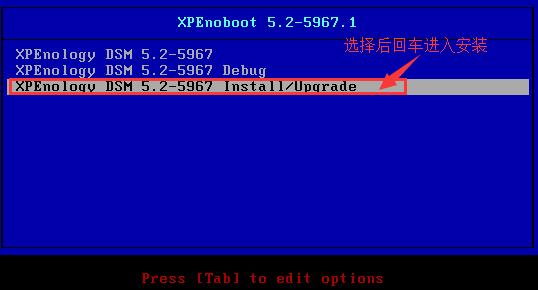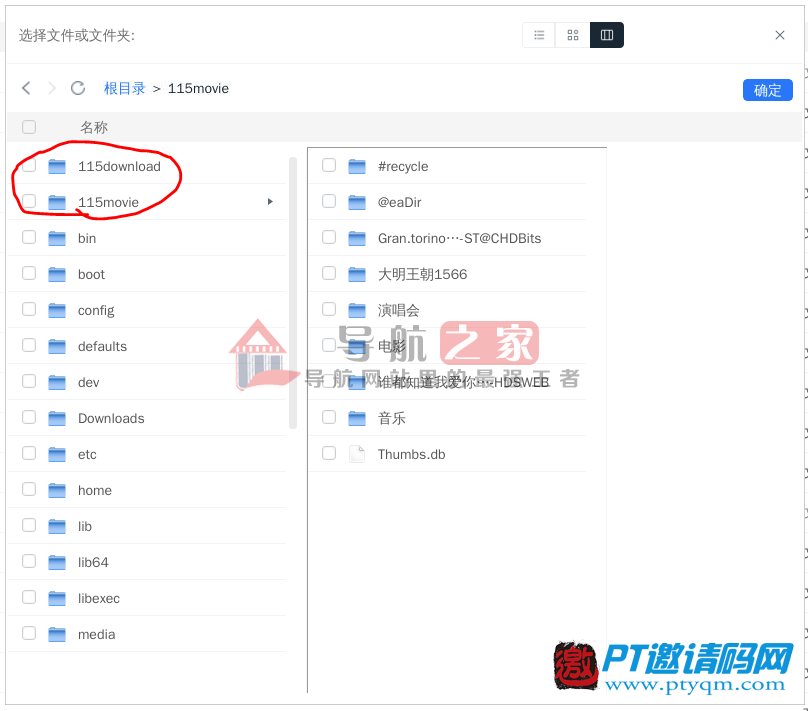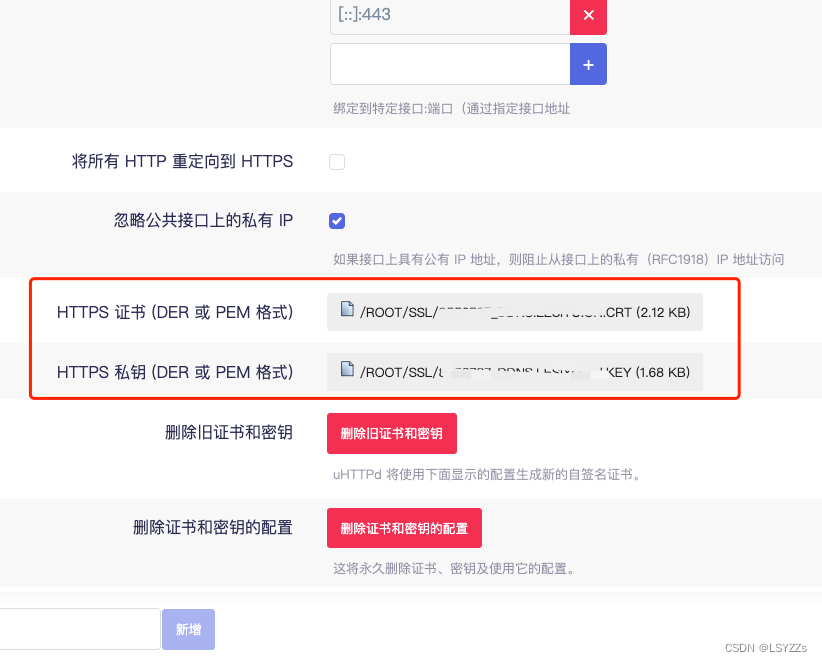centos8 安装LNMP,逐步安装,基于docker安装centos8镜像,在安装lnmp环境!!!
1.安装nginx:
sudo yum install nginxsudo yum install nginxsudo yum install nginx
默认安装的是1.14版本;
升级到最新版,操作如下
1).添加中科大的镜像
sudo vim <span class="token operator">/</span>etc<span class="token operator">/</span>yum<span class="token punctuation">.</span>repos<span class="token punctuation">.</span>d<span class="token operator">/</span>nginx<span class="token punctuation">.</span>reposudo vim <span class="token operator">/</span>etc<span class="token operator">/</span>yum<span class="token punctuation">.</span>repos<span class="token punctuation">.</span>d<span class="token operator">/</span>nginx<span class="token punctuation">.</span>reposudo vim /etc/yum.repos.d/nginx.repo
2)写入以下指令并保存:
<span class="token namespace">[nginx-mainline]</span> name=nginx mainline repo baseurl=http:<span class="token operator">/</span><span class="token operator">/</span>mirrors<span class="token punctuation">.</span>ustc<span class="token punctuation">.</span>edu<span class="token punctuation">.</span>cn<span class="token operator">/</span>nginx<span class="token operator">/</span>mainline<span class="token operator">/</span>centos<span class="token operator">/</span><span class="token variable">$releasever</span><span class="token operator">/</span><span class="token variable">$basearch</span><span class="token operator">/</span> gpgcheck=0 enabled=1 module_hotfixes=true<span class="token namespace">[nginx-mainline]</span> name=nginx mainline repo baseurl=http:<span class="token operator">/</span><span class="token operator">/</span>mirrors<span class="token punctuation">.</span>ustc<span class="token punctuation">.</span>edu<span class="token punctuation">.</span>cn<span class="token operator">/</span>nginx<span class="token operator">/</span>mainline<span class="token operator">/</span>centos<span class="token operator">/</span><span class="token variable">$releasever</span><span class="token operator">/</span><span class="token variable">$basearch</span><span class="token operator">/</span> gpgcheck=0 enabled=1 module_hotfixes=true[nginx-mainline] name=nginx mainline repo baseurl=http://mirrors.ustc.edu.cn/nginx/mainline/centos/$releasever/$basearch/ gpgcheck=0 enabled=1 module_hotfixes=true
3).执行更新yum
sudo yum updatesudo yum updatesudo yum update
4)更新完毕后查看nginx版本:
nginx <span class="token operator">-</span>vnginx <span class="token operator">-</span>vnginx -v
2.安装PHP8(仅安装8.0版本),使用remi安装,依次执行:
<span class="token function">sudo</span> dnf -y <span class="token function">install</span> https://dl.fedoraproject.org/pub/epel/epel-release-latest-8.noarch.rpm <span class="token function">sudo</span> dnf -y <span class="token function">install</span> https://rpms.remirepo.net/enterprise/remi-release-8.rpm <span class="token function">sudo</span> dnf -y <span class="token function">install</span> yum-utils <span class="token function">sudo</span> dnf module reset php <span class="token function">sudo</span> dnf module <span class="token function">install</span> php:remi-8.0 -y <span class="token function">sudo</span> dnf <span class="token function">install</span> php -y<span class="token function">sudo</span> dnf -y <span class="token function">install</span> https://dl.fedoraproject.org/pub/epel/epel-release-latest-8.noarch.rpm <span class="token function">sudo</span> dnf -y <span class="token function">install</span> https://rpms.remirepo.net/enterprise/remi-release-8.rpm <span class="token function">sudo</span> dnf -y <span class="token function">install</span> yum-utils <span class="token function">sudo</span> dnf module reset php <span class="token function">sudo</span> dnf module <span class="token function">install</span> php:remi-8.0 -y <span class="token function">sudo</span> dnf <span class="token function">install</span> php -ysudo dnf -y install https://dl.fedoraproject.org/pub/epel/epel-release-latest-8.noarch.rpm sudo dnf -y install https://rpms.remirepo.net/enterprise/remi-release-8.rpm sudo dnf -y install yum-utils sudo dnf module reset php sudo dnf module install php:remi-8.0 -y sudo dnf install php -y
安装完成后查看php版本:
php --versionphp --versionphp --version
执行systemctl start php-fpm启动php8报错:
Job <span class="token keyword">for</span> php-fpm.service failed because the control process exited with error code. See <span class="token string">"systemctl status php-fpm.service"</span> and <span class="token string">"journalctl -xe"</span> <span class="token keyword">for</span> details.Job <span class="token keyword">for</span> php-fpm.service failed because the control process exited with error code. See <span class="token string">"systemctl status php-fpm.service"</span> and <span class="token string">"journalctl -xe"</span> <span class="token keyword">for</span> details.Job for php-fpm.service failed because the control process exited with error code. See "systemctl status php-fpm.service" and "journalctl -xe" for details.
执行journalctl -xe 发现详细错误中有:
ERROR: <span class="token punctuation">[</span>pool www<span class="token punctuation">]</span> failed to <span class="token builtin class-name">read</span> the ACL of the socket <span class="token string">'/run/php-fpm/www.sock'</span><span class="token builtin class-name">:</span> Operation ERROR: FPM initialization failedERROR: <span class="token punctuation">[</span>pool www<span class="token punctuation">]</span> failed to <span class="token builtin class-name">read</span> the ACL of the socket <span class="token string">'/run/php-fpm/www.sock'</span><span class="token builtin class-name">:</span> Operation ERROR: FPM initialization failedERROR: [pool www] failed to read the ACL of the socket '/run/php-fpm/www.sock': Operation ERROR: FPM initialization failed
执行以下替换命令后成功启动php-fpm:
<span class="token function">sed</span> -i <span class="token string">'s/listen.acl_users/;listen.acl_users/g'</span> /etc/php-fpm.d/www.conf <span class="token function">sed</span> -i <span class="token string">'s/listen.acl_groups/;listen.acl_groups/g'</span> /etc/php-fpm.d/www.conf<span class="token function">sed</span> -i <span class="token string">'s/listen.acl_users/;listen.acl_users/g'</span> /etc/php-fpm.d/www.conf <span class="token function">sed</span> -i <span class="token string">'s/listen.acl_groups/;listen.acl_groups/g'</span> /etc/php-fpm.d/www.confsed -i 's/listen.acl_users/;listen.acl_users/g' /etc/php-fpm.d/www.conf sed -i 's/listen.acl_groups/;listen.acl_groups/g' /etc/php-fpm.d/www.conf
启动php-fpm后,配置nginx,发现无法访问,可能报错:404,500, 502,file not find等错误;
通过监听nginx错误日志查看原因:
<span class="token function">tail</span> -f /var/log/nginx/error.log<span class="token function">tail</span> -f /var/log/nginx/error.logtail -f /var/log/nginx/error.log
报错:*1342 recv() failed (104: Connection reset by peer) while reading response header from upstream, client: 127.0.0.1, server: localhost, request: "GET /index.php HTTP/1.0", upstream: "http://127.0.0.1:80/index.php", host: "127.0.0.1",;排查后。php-fpm虽然已启动,但非9000端口。将php-fpm 改为socket配置
报错: *3574 socket() failed (24: Too many open files) while connecting to upstream, client: 127.0.0.1, server: localhost, request: "GET /index.php HTTP/1.0", upstream: "http://127.0.0.1:80/index.php", host: "127.0.0.1",删除 /etc/nginx/conf.d/ 其中一个配置文件,保留一个即可,原因9000和socket冲突,并且更改目标目录;
报错: connect() to unix:/run/php-fpm/www.sock failed (13: Permission denied) while connecting to upstream, client: 172.17.0.1, server: localhost, request: "GET /index.php HTTP/1.1", upstream: "fastcgi://unix:/run/php-fpm/www.sock:", host: "localhost:8082";通过更改用户分组,分别保证: /etc/nginx/nginx.conf, /etc/php-fpm.d/www.conf 文件中用户分组一致;
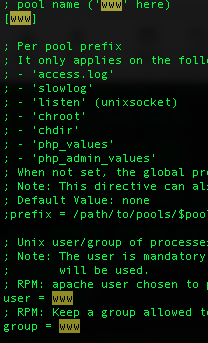

并且给对应的网站目录文件/var/www/html/和sock启动项目录/run/php-fpm/www.sock给到nginx和php-fpm的用户的读写权限:chown -R www:www 对应目录
附/etc/nginx/conf.d/default.conf 配置:
server <span class="token punctuation">{<!-- --></span> listen <span class="token number">80</span><span class="token punctuation">;</span> server_name localhost <span class="token number">127.0</span>.0.1<span class="token punctuation">;</span> root /var/www/html<span class="token punctuation">;</span> location / <span class="token punctuation">{<!-- --></span> index index.html index.php<span class="token punctuation">;</span> <span class="token punctuation">}</span> error_page <span class="token number">500</span> <span class="token number">502</span> <span class="token number">503</span> <span class="token number">504</span> /50x.html<span class="token punctuation">;</span> location <span class="token operator">=</span> /50x.html <span class="token punctuation">{<!-- --></span> root /usr/share/nginx/html<span class="token punctuation">;</span> <span class="token punctuation">}</span> location ~* <span class="token punctuation">\</span>.php$ <span class="token punctuation">{<!-- --></span> fastcgi_pass unix:/run/php-fpm/www.sock<span class="token punctuation">;</span> fastcgi_index index.php<span class="token punctuation">;</span> fastcgi_split_path_info ^<span class="token punctuation">((</span>?U<span class="token punctuation">)</span>.+<span class="token punctuation">\</span>.php<span class="token punctuation">)</span><span class="token punctuation">(</span>/?.+<span class="token punctuation">)</span>$<span class="token punctuation">;</span> fastcgi_param SCRIPT_FILENAME <span class="token variable">$document_root</span><span class="token variable">$fastcgi_script_name</span><span class="token punctuation">;</span> include fastcgi_params<span class="token punctuation">;</span> <span class="token punctuation">}</span> <span class="token punctuation">}</span>server <span class="token punctuation">{<!-- --></span> listen <span class="token number">80</span><span class="token punctuation">;</span> server_name localhost <span class="token number">127.0</span>.0.1<span class="token punctuation">;</span> root /var/www/html<span class="token punctuation">;</span> location / <span class="token punctuation">{<!-- --></span> index index.html index.php<span class="token punctuation">;</span> <span class="token punctuation">}</span> error_page <span class="token number">500</span> <span class="token number">502</span> <span class="token number">503</span> <span class="token number">504</span> /50x.html<span class="token punctuation">;</span> location <span class="token operator">=</span> /50x.html <span class="token punctuation">{<!-- --></span> root /usr/share/nginx/html<span class="token punctuation">;</span> <span class="token punctuation">}</span> location ~* <span class="token punctuation">\</span>.php$ <span class="token punctuation">{<!-- --></span> fastcgi_pass unix:/run/php-fpm/www.sock<span class="token punctuation">;</span> fastcgi_index index.php<span class="token punctuation">;</span> fastcgi_split_path_info ^<span class="token punctuation">((</span>?U<span class="token punctuation">)</span>.+<span class="token punctuation">\</span>.php<span class="token punctuation">)</span><span class="token punctuation">(</span>/?.+<span class="token punctuation">)</span>$<span class="token punctuation">;</span> fastcgi_param SCRIPT_FILENAME <span class="token variable">$document_root</span><span class="token variable">$fastcgi_script_name</span><span class="token punctuation">;</span> include fastcgi_params<span class="token punctuation">;</span> <span class="token punctuation">}</span> <span class="token punctuation">}</span>server { listen 80; server_name localhost 127.0.0.1; root /var/www/html; location / { index index.html index.php; } error_page 500 502 503 504 /50x.html; location = /50x.html { root /usr/share/nginx/html; } location ~* \.php$ { fastcgi_pass unix:/run/php-fpm/www.sock; fastcgi_index index.php; fastcgi_split_path_info ^((?U).+\.php)(/?.+)$; fastcgi_param SCRIPT_FILENAME $document_root$fastcgi_script_name; include fastcgi_params; } }
3.安装mysql8.0
1).安装Yum Repository
<span class="token function">wget</span> https://repo.mysql.com//mysql80-community-release-el8-1.noarch.rpm<span class="token function">wget</span> https://repo.mysql.com//mysql80-community-release-el8-1.noarch.rpmwget https://repo.mysql.com//mysql80-community-release-el8-1.noarch.rpm
2).yum安装mysql服务
yum <span class="token function">install</span> mysql-serveryum <span class="token function">install</span> mysql-serveryum install mysql-server
3).设置开机自启动mysql:
systemctl <span class="token builtin class-name">enable</span> mysqld.servicesystemctl <span class="token builtin class-name">enable</span> mysqld.servicesystemctl enable mysqld.service
4).检查mysql是否为开机自启动:
systemctl list-unit-files<span class="token operator">|</span><span class="token function">grep</span> mysqldsystemctl list-unit-files<span class="token operator">|</span><span class="token function">grep</span> mysqldsystemctl list-unit-files|grep mysqld
5).启动MySQL
systemctl start mysqld.servicesystemctl start mysqld.servicesystemctl start mysqld.service
修改mysql中root 账户的密码:
在MySQL 8.04前,执行:SET PASSWORD=PASSWORD(‘[新密码]’);但是MySQL8.0.4开始,这样默认是不行的。因为之前,MySQL的密码认证插件是“mysql_native_password”,而现在使用的是“caching_sha2_password”。
登入mysql:
mysql -urootmysql -urootmysql -uroot
选择database
use mysql<span class="token punctuation">;</span>use mysql<span class="token punctuation">;</span>use mysql;
修改root账户密码为123456:
ALTER <span class="token environment constant">USER</span> <span class="token string">'root'</span>@<span class="token string">'localhost'</span> IDENTIFIED WITH mysql_native_password BY <span class="token string">'123456'</span><span class="token punctuation">;</span>ALTER <span class="token environment constant">USER</span> <span class="token string">'root'</span>@<span class="token string">'localhost'</span> IDENTIFIED WITH mysql_native_password BY <span class="token string">'123456'</span><span class="token punctuation">;</span>ALTER USER 'root'@'localhost' IDENTIFIED WITH mysql_native_password BY '123456';
刷新缓存:
FLUSH PRIVILEGES<span class="token punctuation">;</span>FLUSH PRIVILEGES<span class="token punctuation">;</span>FLUSH PRIVILEGES;
退出数据库:
quitquitquit
使用密码登录数据库
mysql -uroot -p123456mysql -uroot -p123456mysql -uroot -p123456
设置 MySQL 8 允许远程访问
配置 /etc/my.cnf
<span class="token function">vim</span> /etc/my.cnf<span class="token function">vim</span> /etc/my.cnfvim /etc/my.cnf
添加如下内容:
bind-address<span class="token operator">=</span><span class="token number">0.0</span>.0.0bind-address<span class="token operator">=</span><span class="token number">0.0</span>.0.0bind-address=0.0.0.0
连接到MySQL,创建用户server密码123456的用户
CREATE <span class="token environment constant">USER</span> <span class="token string">'server'</span>@<span class="token string">'%'</span> IDENTIFIED BY <span class="token string">'123456'</span><span class="token punctuation">;</span>CREATE <span class="token environment constant">USER</span> <span class="token string">'server'</span>@<span class="token string">'%'</span> IDENTIFIED BY <span class="token string">'123456'</span><span class="token punctuation">;</span>CREATE USER 'server'@'%' IDENTIFIED BY '123456';
设置server用户任何主机都可以连接本主机mysql服务
GRANT ALL PRIVILEGES ON *.* TO <span class="token string">'server'</span>@<span class="token string">'%'</span>WITH GRANT OPTION<span class="token punctuation">;</span>GRANT ALL PRIVILEGES ON *.* TO <span class="token string">'server'</span>@<span class="token string">'%'</span>WITH GRANT OPTION<span class="token punctuation">;</span>GRANT ALL PRIVILEGES ON *.* TO 'server'@'%'WITH GRANT OPTION;
清除缓存退出并且重启MySQL服务,完成!
4.其他,可能用到的命令
需要安装的扩展包:
yum -y <span class="token function">install</span> <span class="token function">sudo</span> yum -y <span class="token function">install</span> vim* yum -y <span class="token function">install</span> net-tools yum <span class="token function">install</span> initscripts -y yum -y <span class="token function">install</span> <span class="token function">wget</span> yum -y <span class="token function">install</span> <span class="token function">lsof</span>yum -y <span class="token function">install</span> <span class="token function">sudo</span> yum -y <span class="token function">install</span> vim* yum -y <span class="token function">install</span> net-tools yum <span class="token function">install</span> initscripts -y yum -y <span class="token function">install</span> <span class="token function">wget</span> yum -y <span class="token function">install</span> <span class="token function">lsof</span>yum -y install sudo yum -y install vim* yum -y install net-tools yum install initscripts -y yum -y install wget yum -y install lsof
添加用户分组:
<span class="token function">groupadd</span> www <span class="token function">useradd</span> -g www www<span class="token function">groupadd</span> www <span class="token function">useradd</span> -g www wwwgroupadd www useradd -g www www
5.安装最新版的swoole
yum install php-devel php-pear httpd-devel #安装pecl扩展 systemctl restart php-fpm #重启php-fpm chown -R www:www /run/php-fpm #设置php-fpm权限 echo "extension=swoole.so" >> /etc/php.ini #配置php.ini php -m #查看是否成功,并且重启php-fpmyum install php-devel php-pear httpd-devel #安装pecl扩展 systemctl restart php-fpm #重启php-fpm chown -R www:www /run/php-fpm #设置php-fpm权限 echo "extension=swoole.so" >> /etc/php.ini #配置php.ini php -m #查看是否成功,并且重启php-fpmyum install php-devel php-pear httpd-devel #安装pecl扩展 systemctl restart php-fpm #重启php-fpm chown -R www:www /run/php-fpm #设置php-fpm权限 echo "extension=swoole.so" >> /etc/php.ini #配置php.ini php -m #查看是否成功,并且重启php-fpm
原文链接:https://blog.csdn.net/weixin_31501115/article/details/119275222



